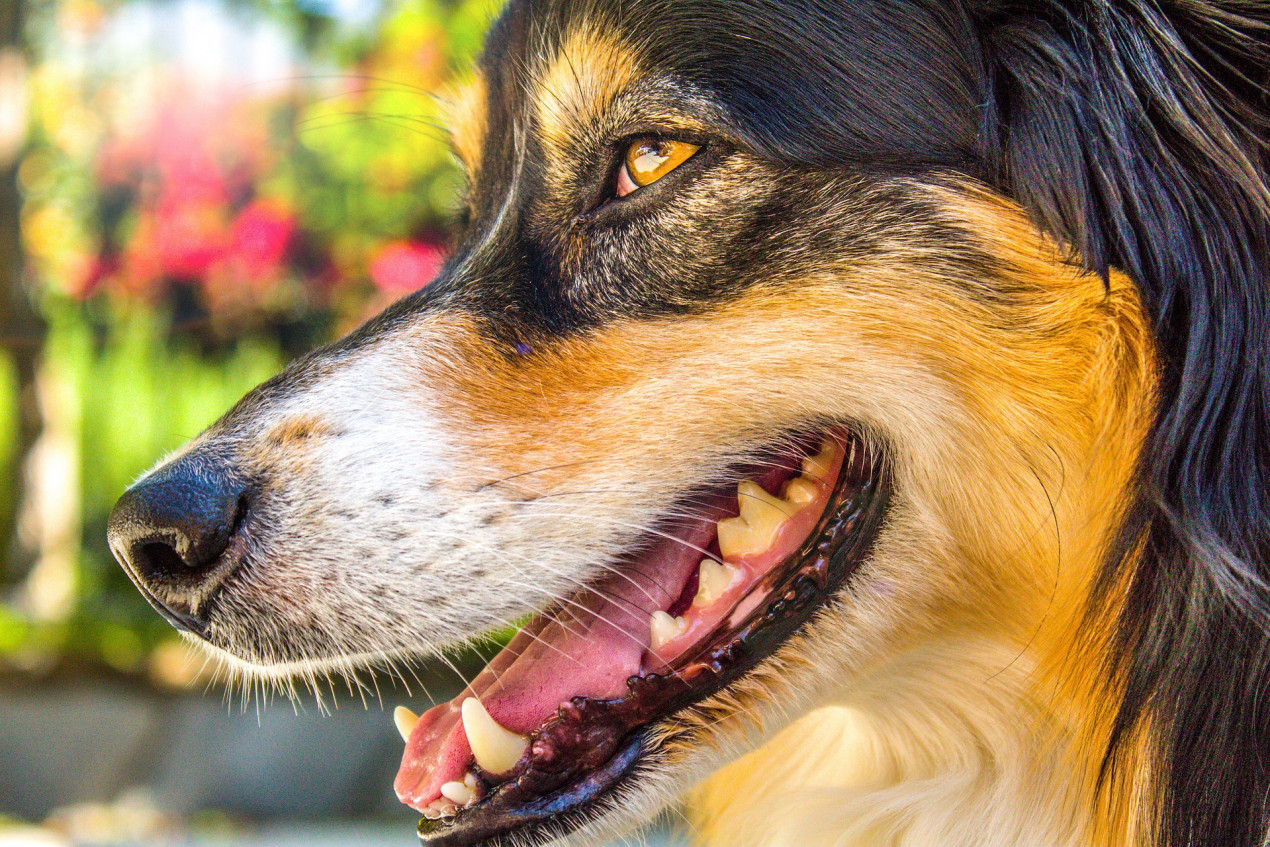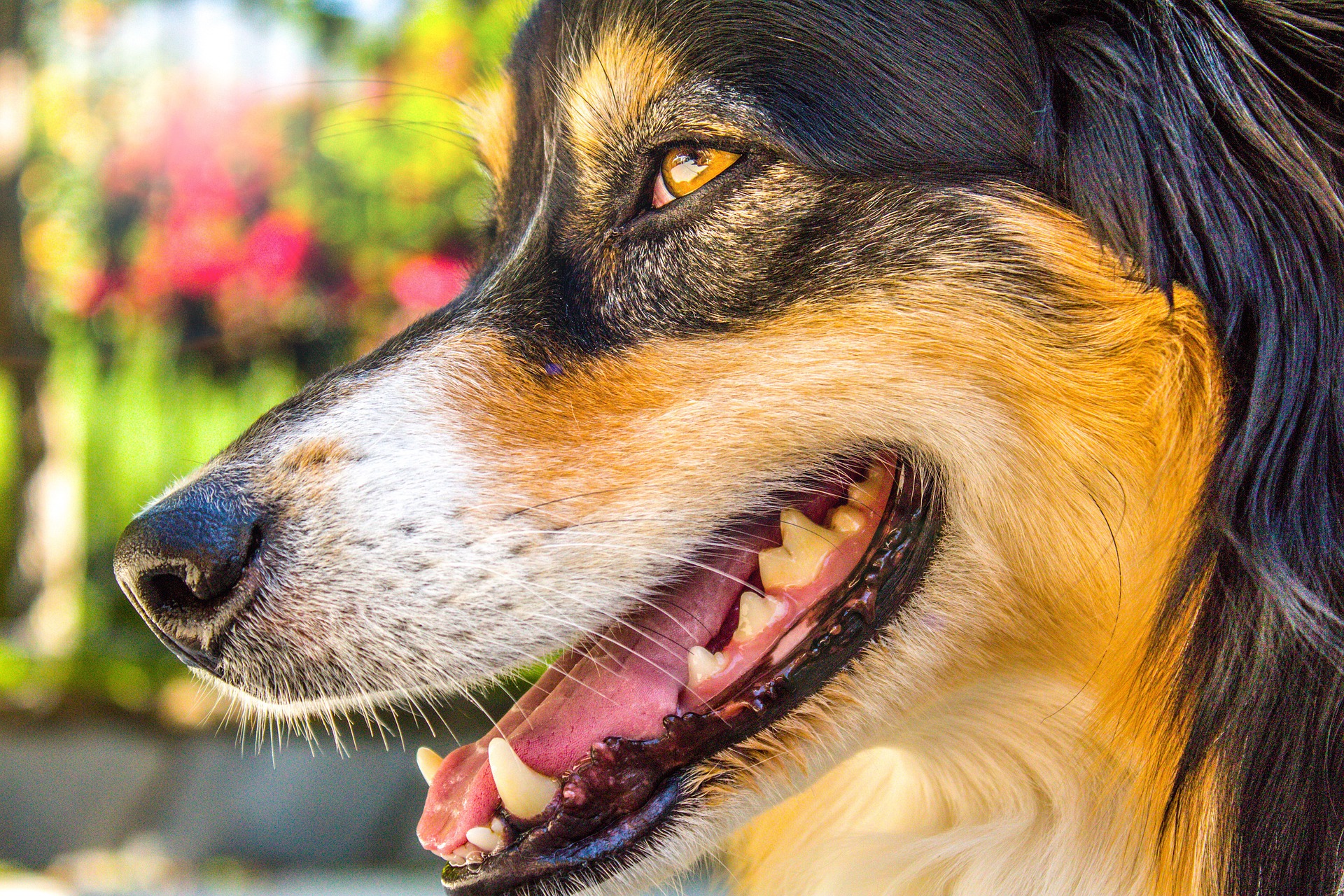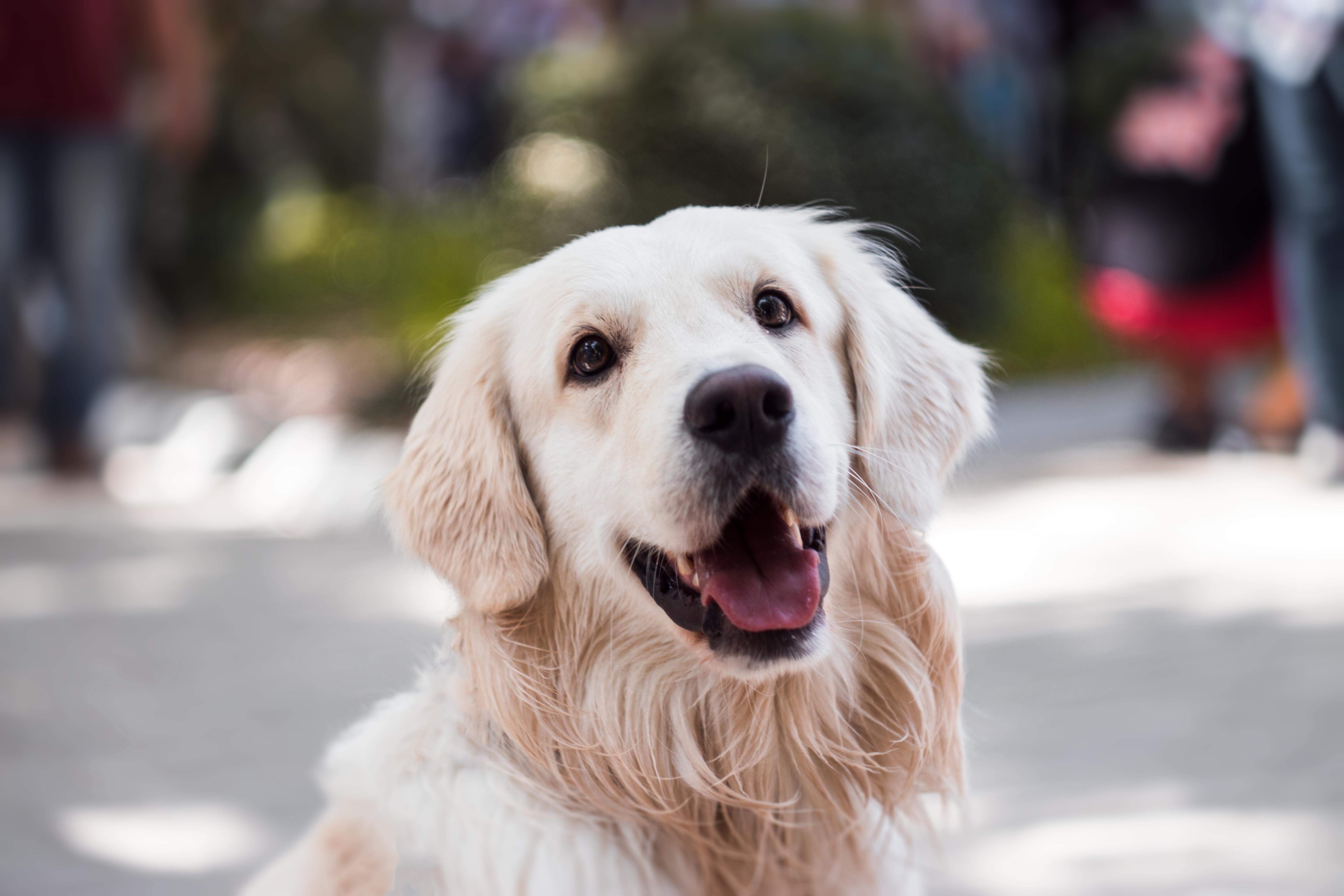Do you need help?

Why should I check for teeth problems in dogs?
We don’t tend to worry about our dog dental problems when they are eating normally. However, when a dog has gone off its food and is taken to the vet, owners are often amazed at how bad their dog’s teeth are.
Almost all dogs will have some form of dental disease at some point in their life. As with many things, if caught early, treatment can be simple and effective.
My dog has teeth problems, does he need to see a vet?
If you notice anything while checking your dog for dental problems you should take him to your vet for a full dental check-up. Just like in humans, dog dental problems can be extremely painful and should never be left untreated. If your dog appears to be in pain as a result of dental problems, call your vet or, out of hours, your nearest Vets Now for advice.

How should I check for dog dental problems?
Examine your dog’s mouth with care – never stick your finger inside your pet’s mouth if you are not clear what you are doing. Don’t assume that because they like you they won’t accidentally close their teeth on your fingers. Make sure your dog is relaxed as possible during this examination as they are much more likely to be cooperative and reduce the chance of accidental nips.
If you regularly brush your pet’s teeth then you are already onto a winner as you can have a look while doing this daily task.
If you don’t brush your dog’s teeth (it’s worth considering starting) then there are two ways of getting a good look at their teeth and gums.
While they are sat quietly, gently lift the flaps of their gums and have a quiet look at the teeth you can see there – pay attention to the colour of the gums, any developing ‘lumps’, signs of broken/chipped teeth and areas that seem/look painful. Once you’ve had a look at one side then look at the other. Although you won’t be able to see the whole mouth, you will get a good overall picture.
If and when you offer them some form of chew then try and have a look towards the back of the mouth while they are chomping on the chews (and not your fingers). As with the other teeth, pay attention to the gum colour, signs of broken or chipped teeth and if he seems to favour one side of his mouth over the other.
I want to start checking for dog dental problems, where do I start?
It is worth starting to do these checks for the first time after you’ve just had a vet check as there may be certain things specific to your pet that your vet already knows about. If you know they’ve been checked and are ok, you can use this as a ‘baseline’.
Explain to your vet that you are keen to start doing your own basic health checks so you can keep an eye on him between visits to the vet. You may well find they will show you any unusual things with your pet so you know what is already there. Be careful to explain that you are not trying to replace your vet by doing things at home but because you want to know the minute anything changes so you can get them treated.

What should I look for when checking my dog's teeth?
- Broken or wobbly teeth – We all know how quickly we go to the dentist if we break a tooth or damage one and animal teeth are exactly the same. It is amazing what they will tolerate, and for how long they will continue to eat, but this shouldn’t be taken as evidence that they are ok.
- Swelling of the gums around some teeth – this can indicate an underlying abscess.
- Plaque and tartare – this can hide an awful lot of problems. If the teeth are caked in plaque and tartare then it is very possible that there is significant tooth decay occurring underneath.
- Lumps on the gums – there are a variety of soft tissue lumps that can grow in the mouth. Some of these are fine some are not so always best to get them checked.
- Bleeding gums – this can be a sign that things are not good. If in the early stages, then it can be treated and prevent it leading to further problems.
These checks are not meant to replace going to the vet but to help you identify what is normal for your pet and when things are ‘changing’ and may require more attention.

